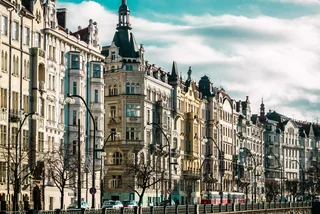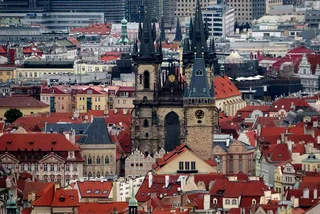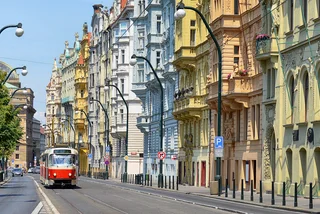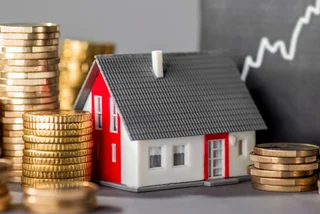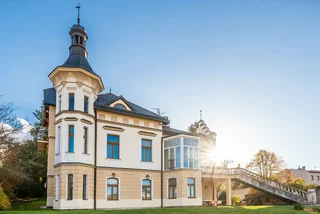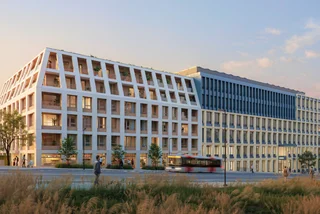Living in a city is becoming ever more expensive, and the departure of long-time local inhabitants from major cities is a common feature around the world. This phenomenon is also being seen in the Czech Republic, and especially in Prague. As rental prices increase and the cost of living soars, life in the city center is becoming unsustainable for many long-time inhabitants without cash to spare.
Many older inhabitants and those who work in low-income jobs simply cannot afford to live in the center of cities like Prague anymore, leading to an exodus to suburbs, small towns, and country villages, where the cost of living is usually cheaper. Such displacement is particularly common among traditionally marginalized groups, according to experts.
“Displacement to ghettos in smaller towns has been relatively commonplace in recent decades, most often with marginalized groups, especially Roma people,” says urban anthropologist Michal Lehečka, speaking to Czech server Aktualne.cz.
Although prices dipped during the pandemic, Prague rents have been increasing year-on-year at a rate of around 7.4 percent in the long-term. In 2017, the growth rate was a whopping 12.5 percent. And it is no coincidence that the Prague districts with the highest rental costs are also its most central, including Malá Strana, Josefov, Nové Město and Vinohrady.
Especially in Prague, long-term inhabitants are being replaced by an influx of younger people who take higher-paying jobs in the city center and who tend to be happier paying out higher sums in rent. Foreign inhabitants from affluent countries in western Europe and the U.S.A. also constitute a growing proportion of city center residents.
Competition for living space in Czech city centers isn’t helped by the use of many flats for lucrative short-term rentals and the conversion of residential buildings into hotels to meet tourist demand. Flats in cities such as Prague are meanwhile often targeted by investors as a safe bet, bought in large quantities, and left empty to accumulate value.
“All these factors create a mushroom effect driving many people to seriously consider or actually go through with an escape from cities like Prague,” says Lehečka.
In Prague, a number of residential projects have sprung on the outskirts of the city providing lower living costs with continued access to the city center. Such projects go some way towards satisfying demand for affordable housing. In major cities, though, the residential market faces stiff competition for space from office developments. Rising construction costs are another complicating factor, currently being driven by higher prices for materials and logistical complications caused by the pandemic.
Unfortunately for low-income residents, resumed tourism and economic growth in the pre-pandemic period are only likely to put housing in Czech city centers even further out of reach. This means the exodus of long-time residents to suburbs and smaller towns isn't likely to end any time soon.












 Reading time: 2 minutes
Reading time: 2 minutes 


